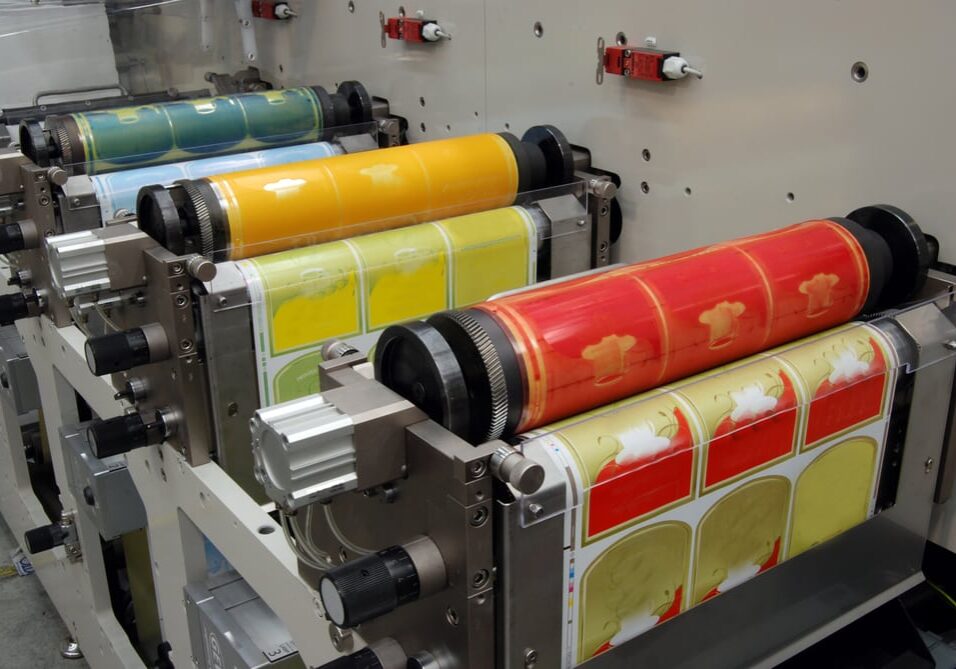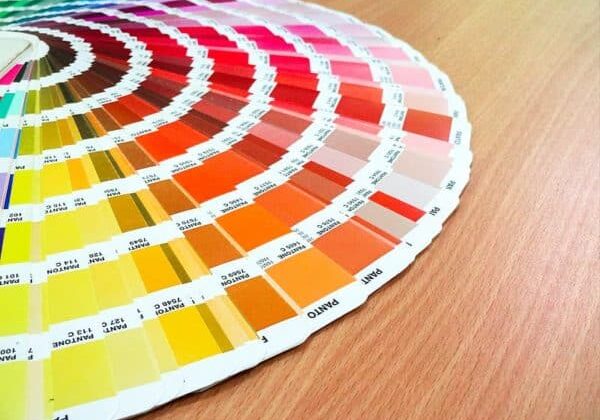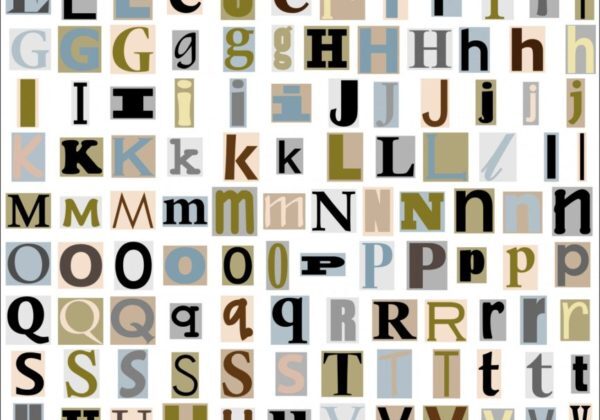Even if you aren’t familiar with the name Paul Rand, you are definitely familiar with his work. Paul Rand was an American graphic designer and art director, who essentially defined the visual culture in America in the decades following World War II – and revolutionized how we think about corporate logos today.
He was born on August 15, 1914 as Peretz Rosenbaum in Brooklyn, NY. He enjoyed working on school art projects as a child, and painted signs for his father’s grocery store. While he received some higher education from different institutions, he claimed to have been primarily self taught, through his own explorations, interests, and reading. His influences were the German Bauhaus, the Netherland born De Stijl movement, as well as Russian constructivism. In young adulthood, he decided to change his name to Paul Rand to camouflage his Jewish heritage. He thought his surname might hinder his career, given the cultural climate of the time. His chosen name has gone on to practically be a brand in and of itself.
He started his career providing graphics and stock images to various publications. He quickly amassed an impressive portfolio and reputation. In 1936, he worked setting page layouts for Apparel Arts magazine, which is now known as GQ. This led to a position as art director for the Esquire-Coronet magazines at just 23 years of age. The December 1940 cover of Direction magazine — which uses barbed wire to present the magazine as both a war-torn gift and a crucifix — was particularly well received, and helped refine and define the “Paul Rand” look.
Paul Rand’s most revolutionary contributions to the art of American graphic design are his corporate identities. He knew that good design was good business, and was able to convince others of that. Some of his work is still in use today. Even the ones that have been retired were so successful that they are still recognizable. Think of the companies IBM, UPS, Morningstar, Enron, Westinghouse, and NeXT, and you are likely picturing the logos designed, refined or originated by Paul Rand.
Perhaps what made his corporate identities so successful was that he was incredibly thorough, and confident, as it relates to his design processes. In fact, when Steve Jobs (the notorious founder of Apple) was asked about Rand’s work for NeXT, he shared “I asked him if he would come up with a few options, and he said, ‘No, I will solve your problem for you and you will pay me. You don’t have to use the solution. If you want options go talk to other people.’” This attitude can be suggested to have left an impression on Jobs when approaching his future endeavors. A company may have all sorts of ideas about what they think they want, but Rand proved amazing things can happen when you trust your designers to do just their job unimpeded.

8 Signs You Need to Update Your Brand
In today’s ever-changing business landscape, it’s important for companies to continually assess and update their brand to remain relevant and competitive. A brand is more than just a logo; it’s the perception that customers have of your business. Therefore, if your brand is outdated or suffering from negative perceptions, it’s time to re-evaluate and refresh…

Plan it, make it, stretch it, wrap it, ink it, spin it, long print run it : Flexographic
Flexographic printing is a form of direct relief printing that is characterized by the use of flexible printing plates. In the past, these printing plates were always made of rubber, whereas today, flexible photopolymer printing plates might also be used. These plates have a slightly raised image of the content on them, they’re inked, and…

Why Colors Matter
Choosing the right colors for your brand is a crucial step in building a strong and effective visual identity. While color preference is subjective, certain colors are associated with specific traits or emotions that can influence how your brand is perceived by your target audiences. Understanding color psychology and its impact on branding can help…

How Good Branding Saves Your Company Money
Many businesses make the mistake of throwing money at marketing without thinking enough about their brand, as a whole. Paid media campaigns might garner attention, but they can’t necessarily retain it and convert as many customers without solid branding. A company with a consistent, strong perception amongst audiences will always outperform competitors with the same…

4 Things to Consider When Embarking on a Rebrand
Your brand is the foundation of your business. It communicates who you are, what you do, and why you do it. But what happens when your brand no longer aligns with your business goals or fails to resonate with your target audience? This is where a rebrand can come into play. A rebrand can help…

Typefaces & Fonts Do More Than Transmit Words
Do the typefaces and fonts you choose for your brand materials matter? As long as it’s in a language the audience understands, they’ll get the intended message, right? Wrong. Typefaces and fonts are essentially the shapes of the letters. Shapes are multi-sensory, meaning they affect more than one of your senses and can easily elicit…

Color Psychology
Color psychology is the study of hues as a determinant of human behavior. Colors can cause certain emotional reactions, and even influence perceptions that are not necessarily conscious. Color psychology is used all around us, taking its cues from nature, and should be considered in marketing and branding. The following are just some common color…

What is Typography?
Essentially, typography is the visual component of the written word. It is the technique, and art, of arranging letters in a way that makes the text legible, clear, and visually appealing to the reader. Typography involves the structure, size, weight, and style of the characters. It also considers the amount of space between the letters,…

